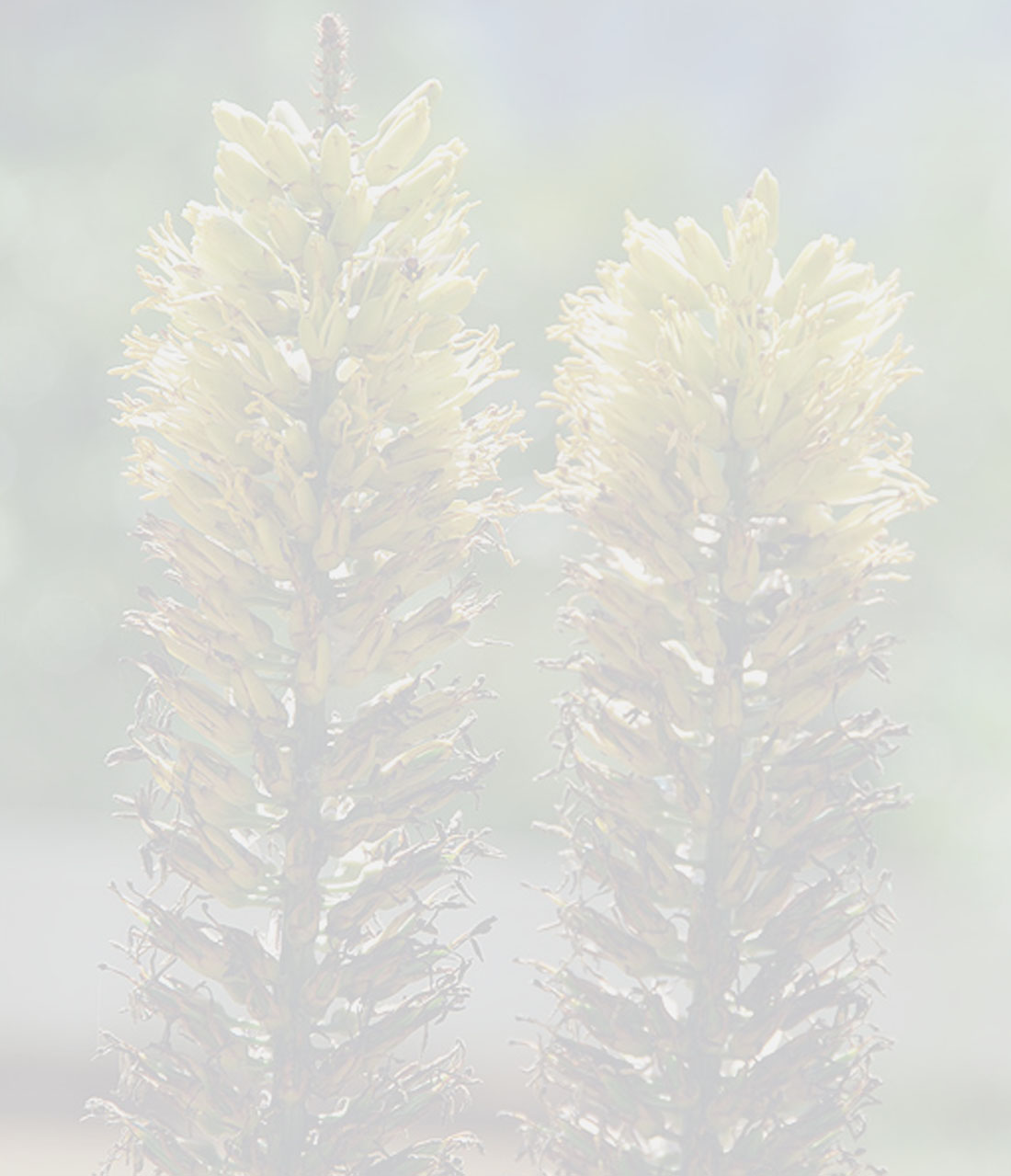
Encholirium sazimae Rauh
Taxonomic Change:
Literature references:
Comments:
- Encholirium sazimae, named after Ivan Sazima, is another long pedicellate species from Minas Gerais. With regard to the smooth, spineless leaves the plant shows a certain resemblance to E. inerme Rauh, but the rosettes are much larger and form small ‘Fairy Rings’ (see Figure 4). The plants grow, according to Vogel, individually or in groups. With regard to the spherical shape of the flower with the pendulous petals E. sazimae has a resemblance to E. carmineo viridiflorum Rauh. It differs from this but by the smooth, not spiny, glabrous leaves and the plain greenish yellow petals. The seeds differ from the typical Encholirium seeds in their construction. They are asymmetrical winged, but lack the characteristic of a crescent shaped appendage specified in the diagnosis of the genus. But this is also in other Encholirium species, such as E. lutzii L. B. Smith and E bradeanum L. B. Smith; its seeds resemble those of members of the genus Dyckia more in its form. With regard to the form of seeds there are - as far as known at the moment - 2 types:
a. Truncate asymmetric winged seeds (fig. 71) that are similar in form to Dyckia seeds. Such seeds are found also in the long pedicellate species like E. lutzii L. B. Smith, and E. bradeanum L. B. Smith and others
b. the alate-ensiform seed, which is typical for the genus with transversal Crescent shaped appendages.
With the two above described species by Rauh a prediction is made that more taxa from the group of long pedicellate Encholirium species will be found in the State of Minas Gerais, each of them with green flowers, as well as the absence of staminal rings —See Rauh 1973-1991

